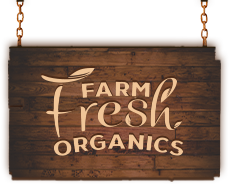Quinoa
Wednesday, November 16th, 2016 | crankit
Incan superfood
Chenopodium quinoa
History
Quinoa (pronounced “keen-wah”) was a principal grain of the Incas, given sacred status as a “mother grain” and thus targeted by Spanish colonisation tactics. For 400years it survived only in remote, inaccessible areas of the Andean altiplano (high plains), but is now enjoying resurgence in popularity.
Botanically, quinoa is not a true grain since it belongs not to the grass family but the Chenopodium family, which also includes beets, spinach, chard and sugar beet. Best grown in altitudes above 10,000 feet, this grain positively flourishes under extreme conditions, including poor soil, thin cold air, hot sun, frost, short growing days, minimal rainfall and even drought. There are hundreds of varieties (over 1800 in Peru and Bolivia alone).
Quinoa is sometimes called “vegetarian caviar” because of its soft crunchy consistency. It has a delicious flavour nutty flavour reminiscent of cous-cous and peanuts. Toasting it lightly before cooking will enhance its flavour further.
Source of
Complex carbs, complete protein (one of the few vegetarian sources), calcium (has more than milk), trace minerals, even essential fatty acids! A real superfood.
Good for
High energy, high protein food (includes lysine), excellent for the convalescing for its ease of digestion. Quinoa is gluten-free – valuable for those with wheat allergies. Peruvian Indians use the grain liberally and benefits all, including nursing mothers who use it as a powerful stimulant to the flow of milk.
